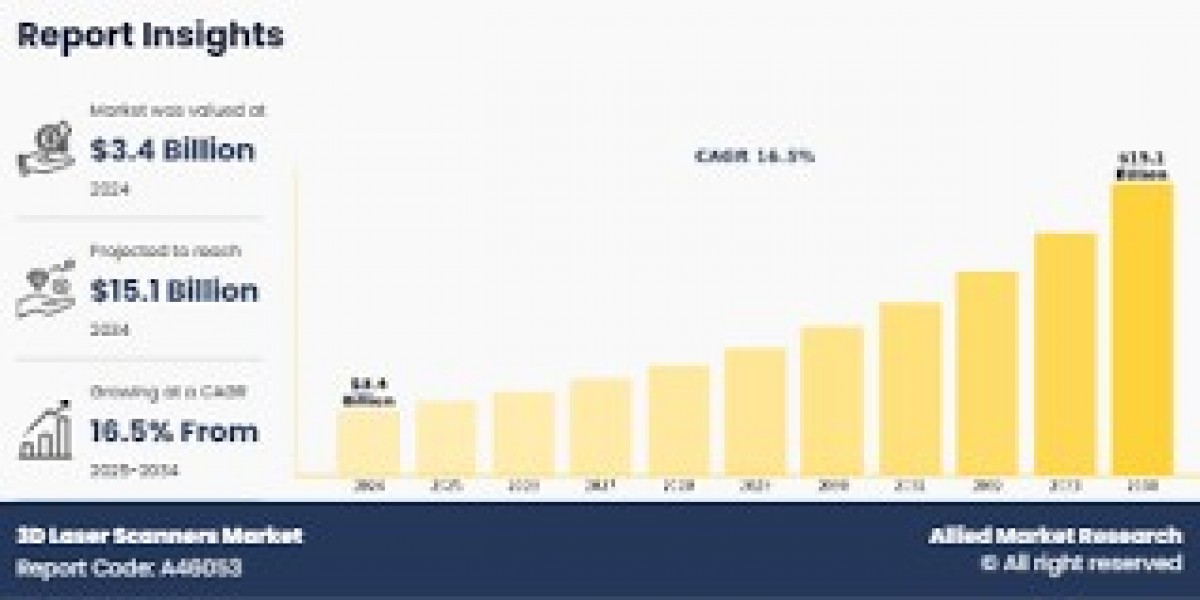The Evolving Landscape of Video Surveillance: Trends, Technologies, and Future Outlook
Video surveillance has become an indispensable part of modern security infrastructure, revolutionizing how we monitor, protect, and manage both public and private spaces. From traditional analog systems to today’s AI-driven smart surveillance solutions, the industry has undergone significant transformation, driven by advancements in technology and growing concerns around security, safety, and data protection.
Market Overview
The global video surveillance market has experienced robust growth over the past decade and is expected to continue expanding rapidly. Factors such as increased security concerns, the rising adoption of smart cities, growing demand for cloud-based services, and technological innovations in cameras and analytics are fueling this momentum. Industries such as retail, transportation, government, banking, education, and healthcare are investing heavily in advanced surveillance systems to ensure safety and operational efficiency.
Key Components of Video Surveillance Systems
A typical video surveillance system comprises several components:
Cameras: These are the core of the system and range from simple analog cameras to sophisticated IP cameras with 4K resolution, thermal imaging, and night vision capabilities.
Storage: Surveillance footage is stored locally (on DVRs/NVRs) or remotely via cloud-based systems for retrieval and analysis.
Video Management Software (VMS): This software enables the real-time monitoring, recording, and analysis of video feeds.
Analytics and AI Tools: Advanced systems now include features like facial recognition, motion detection, object tracking, license plate recognition, and behavior analysis.
Technology Trends Shaping the Industry
Artificial Intelligence and Machine Learning:
AI-driven analytics are revolutionizing video surveillance. They help filter vast amounts of footage, identify suspicious behavior, and provide real-time alerts—enhancing both preventive and reactive security measures.Cloud-Based Surveillance:
Cloud storage reduces the need for on-premise infrastructure and allows remote access to footage, easier scalability, and lower upfront costs.Edge Computing:
By processing data closer to the source (at the camera), edge computing reduces latency, improves response times, and limits the bandwidth needed for video transmission.IoT Integration:
Surveillance systems integrated with IoT devices enable smarter environments, where video feeds can trigger automated actions like locking doors, turning on alarms, or notifying authorities.Cybersecurity Measures:
With increased connectivity comes the risk of cyber threats. Secure encryption, multi-factor authentication, and regular firmware updates are becoming standard in modern systems.
Applications Across Sectors
Urban Surveillance: Smart city initiatives are leveraging video surveillance for traffic management, crowd monitoring, and crime prevention.
Retail: Businesses use surveillance for loss prevention, customer behavior analysis, and employee safety.
Banking & Finance: High-resolution surveillance is crucial for deterring theft, fraud, and ensuring compliance.
Healthcare: Hospitals deploy cameras to monitor patients, ensure staff safety, and secure restricted areas.
Education: Schools and universities use surveillance to enhance campus safety and prevent vandalism.
Challenges and Considerations
Despite its benefits, video surveillance also raises several challenges:
Privacy Concerns: Mass surveillance and facial recognition technologies have sparked debates over individual rights and data privacy.
Regulatory Compliance: Different regions have varying rules regarding data retention, access control, and public surveillance.
Cost and Complexity: While cloud and AI are reducing costs over time, initial implementation can be resource-intensive for smaller businesses.
The Future Outlook
The future of video surveillance lies in further convergence with AI, 5G, and big data. Intelligent video analytics will play a critical role in predictive security, where systems not only detect but also anticipate threats. Facial recognition and biometric authentication will become more accurate and widespread, while regulations will continue to evolve to balance security with personal privacy.
As cities and organizations become smarter and more connected, the role of video surveillance will expand beyond security into operational intelligence—helping organizations make informed decisions, optimize performance, and enhance user experiences.
Conclusion
Video surveillance is no longer just a security tool—it is an essential component of digital transformation across industries. With rapid technological advances and the growing need for proactive monitoring, the video surveillance market is poised for continued innovation and growth. Embracing these trends while addressing ethical and regulatory concerns will be key to unlocking its full potential.
Read More








